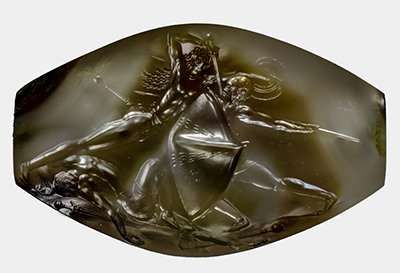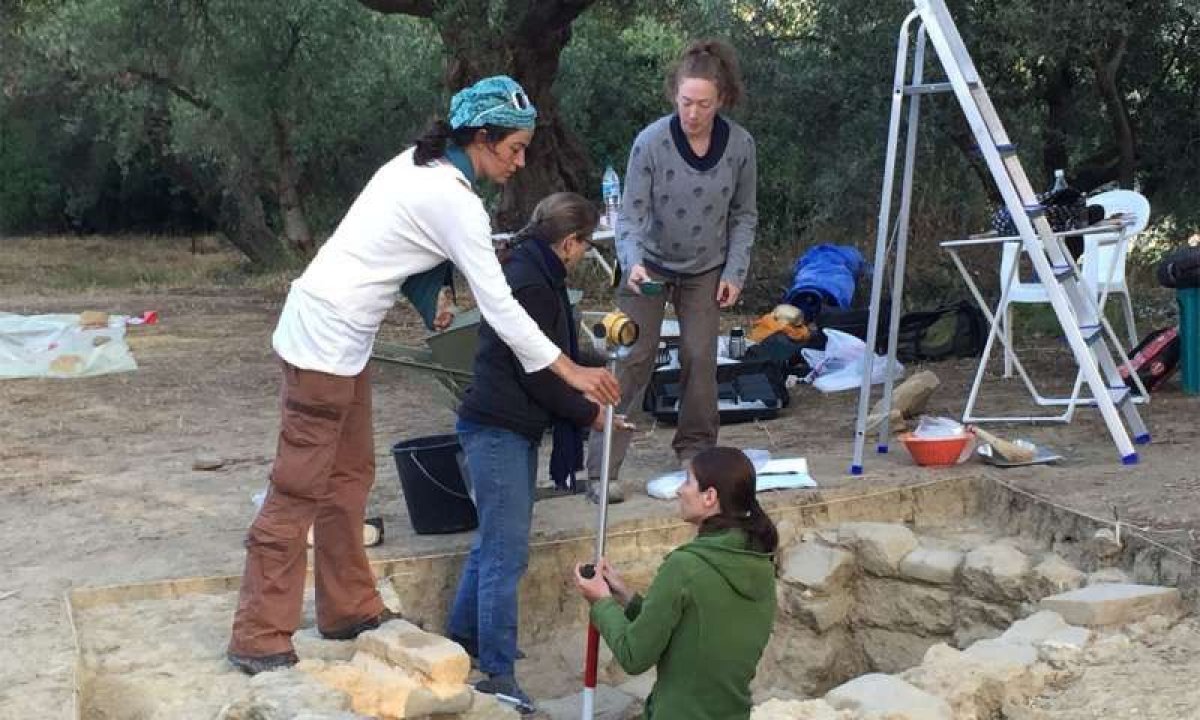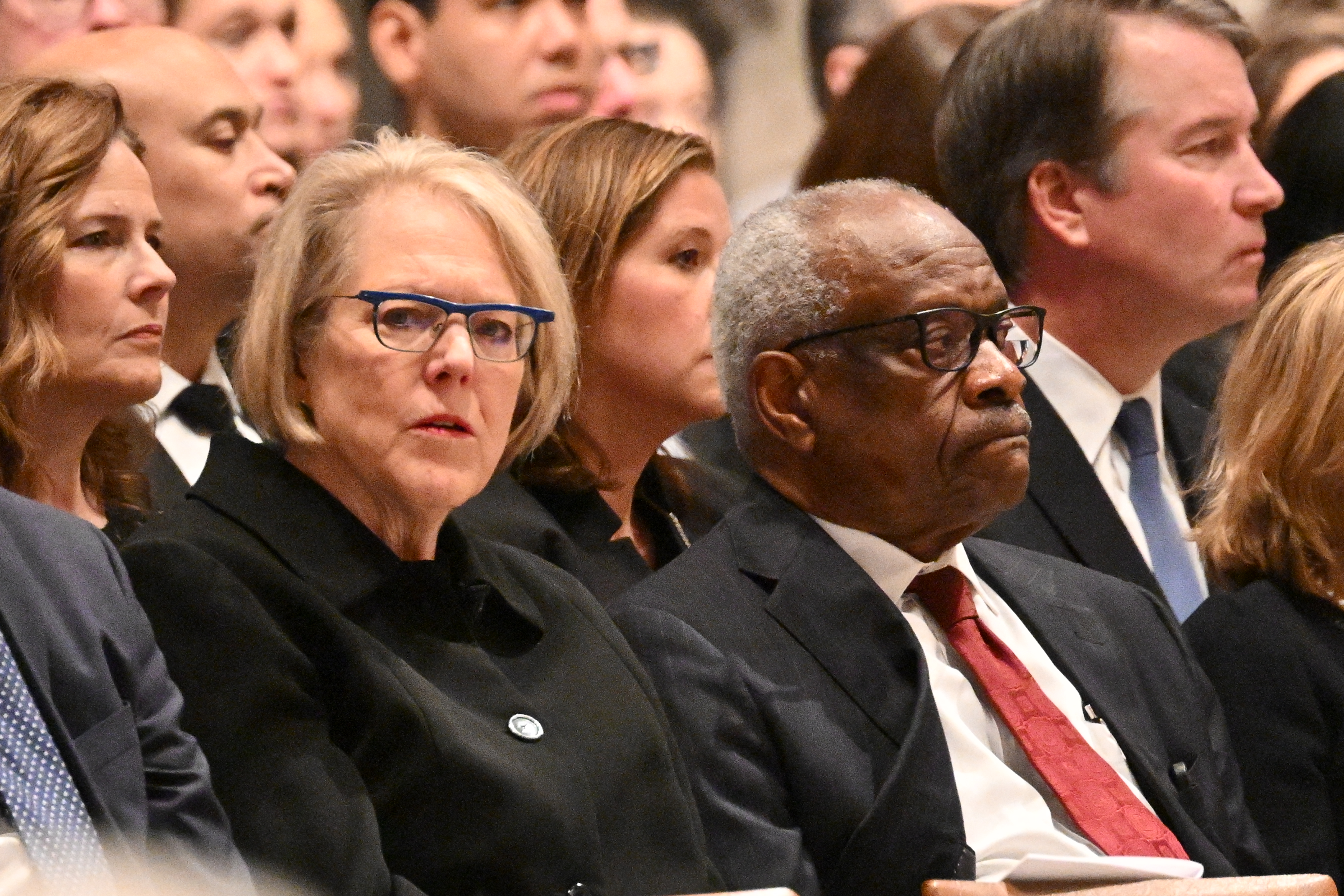
The Pylos Combat Agate, a small limestone-encrusted seal, is the most exciting treasure yet to come from the tomb of a Bronze-Age Greek warrior. The Minoan sealstone found in the tomb of the "Griffin Warrior" is being heralded as the single best work of glyptic art ever recovered from the Aegean Bronze Age.
"Looking at the image for the first time was a very moving experience, and it still is," dig co-leader Shari Stocker, a senior research associate in UC's Department of Classics, told phys.org. "It's brought some people to tears."
Since researchers at the University of Cincinnati discovered 3,500-year-old tomb more than two years ago, the've counted more than 3,000 artifacts buried around the warrior's intact skeleton. Some of them are so delicate, and so potentially valuable, they've taken more than a year for archaeologists to clean.

One particular treasure is upending what archaeologists thought they knew about the history of Greek art. The Pylos Combat Agate is a small seal, not even 1.5 inches across. The size and intricacy of the carvings have captivated researchers.
"What is fascinating is that the representation of the human body is at a level of detail and musculature that one doesn't find again until the classical period of Greek art 1,000 years later," explained co-leader Jack Davis, the university's Carl W. Blegen professor of Greek archaeology and department head. "It's a spectacular find."
The research team didn't realize what they had on their hands until they could examine the sealstone under a camera with photomicroscopy. The craftsmanship of the sealstone, along with other artifacts found in the tomb, is far beyond what archaeologists had previously given Mycenean and Minoan civilizations credit for. It means we need to reevaluate the way we conceptualize artistic and cultural development in ancient Greece.
"It would have been a valuable and prized possession, which certainly is representative of the Griffin Warrior's role in Mycenaean society," Stocker said. "I think he would have certainly identified himself with the hero depicted on the seal … This seal should be included in all forthcoming art history texts, and will change the way that prehistoric art is viewed."
We know almost nothing about the Greek Bronze Age. When the Griffin Warrior tomb was discovered in 2015, it became the most significant archaeological find in Greece in recent memory, its many intricate and intact treasures making it a time capsule into early Greece. The warrior himself (it's possible he could have been a priest) was buried around 1500 B.C.
Uncommon Knowledge
Newsweek is committed to challenging conventional wisdom and finding connections in the search for common ground.
Newsweek is committed to challenging conventional wisdom and finding connections in the search for common ground.
About the writer
Kastalia Medrano is a Manhattan-based journalist whose writing has appeared at outlets like Pacific Standard, VICE, National Geographic, the Paris Review Daily, ... Read more
To read how Newsweek uses AI as a newsroom tool, Click here.








